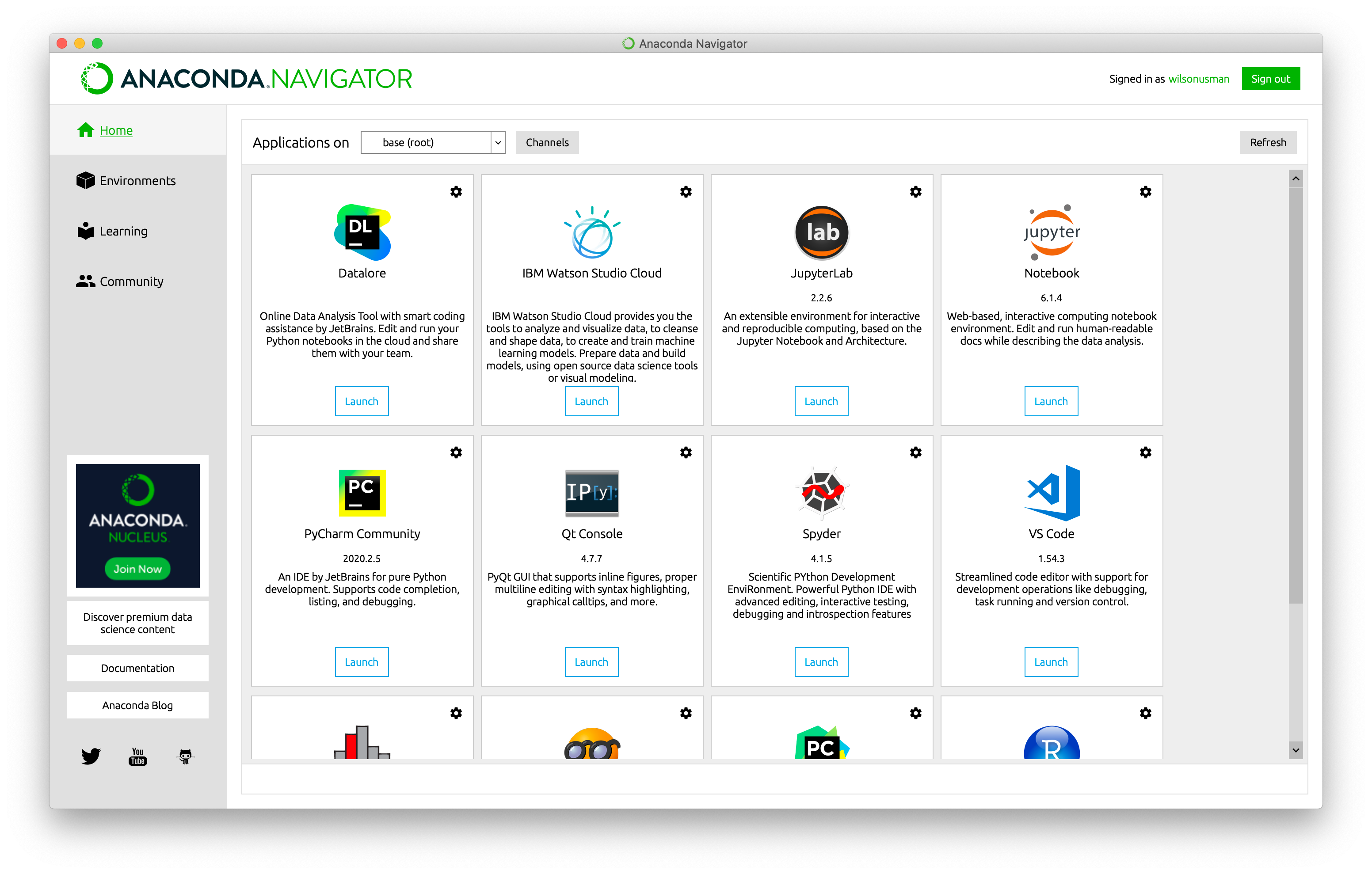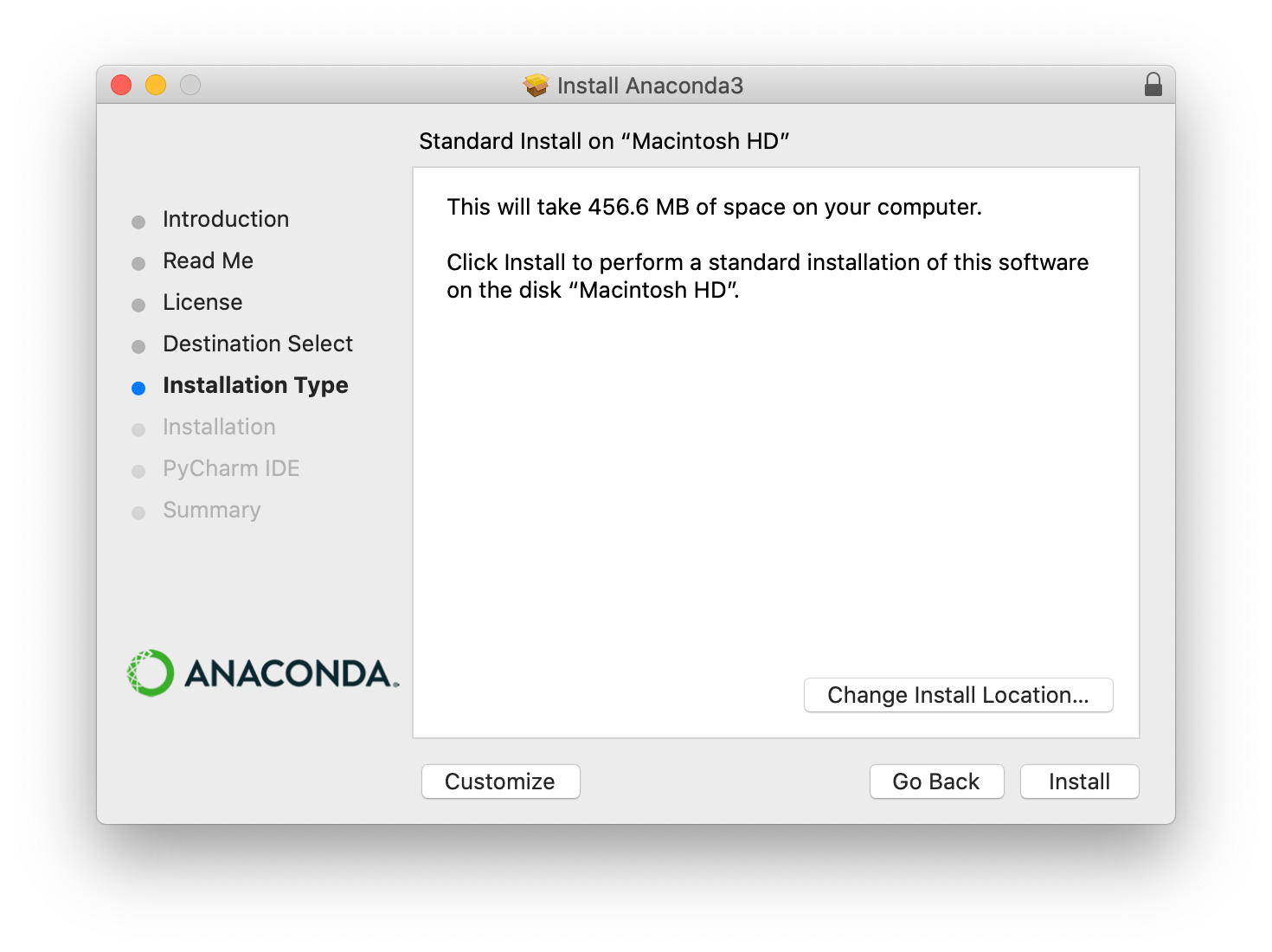

All you need to do to make things work is run.

What “conda init” does is to set up a conda “shell function” and keep the other stuff off PATH. I recommended modifying PATH to fix the problem (you can see the original fix below), but the Anaconda team reached out with some incredibly helpful information!. You can choose the graphical installer, which means that you’ll install Anaconda the same exact way that you’d install any other program. You’ll get a prompt during installation that asks, “Do you wish the installer to initialize Anaconda3 by running conda init?”. So here’s the thing: the installation was successful, but there was a tiny problem between Zsh and the way my terminal wanted to talk to Anaconda. “Conda” didn’t work the first time I installed it.

#ANACONDA FOR MAC OS X HOW TO#
see more › Related content How to Successfully Install Anaconda on a Mac (and Actually Get it to Work) ›Ī quick and painless guide for installing Anaconda correctly and fixing the dreaded “conda command not found” error It will start the anaconda navigator App if installed correctly. Now to check whether the installation is done correctly, open the command prompt and type anaconda-navigator. How do you know if Anaconda is added to PATH? How do I install Python and Jupyter Notebook? How do I know if jupyter is installed on my Mac? What version of Python do I have Anaconda? How do you use a Jupyter Notebook in Python? Can I install Jupyter Notebook without anaconda? Why is my Anaconda Navigator not opening Mac? How do I start Anaconda after installation? Do I need to uninstall Python before installing Anaconda? How do I install Jupyter notebook on Mac? How do I know if Anaconda is installed on my Mac?


 0 kommentar(er)
0 kommentar(er)
